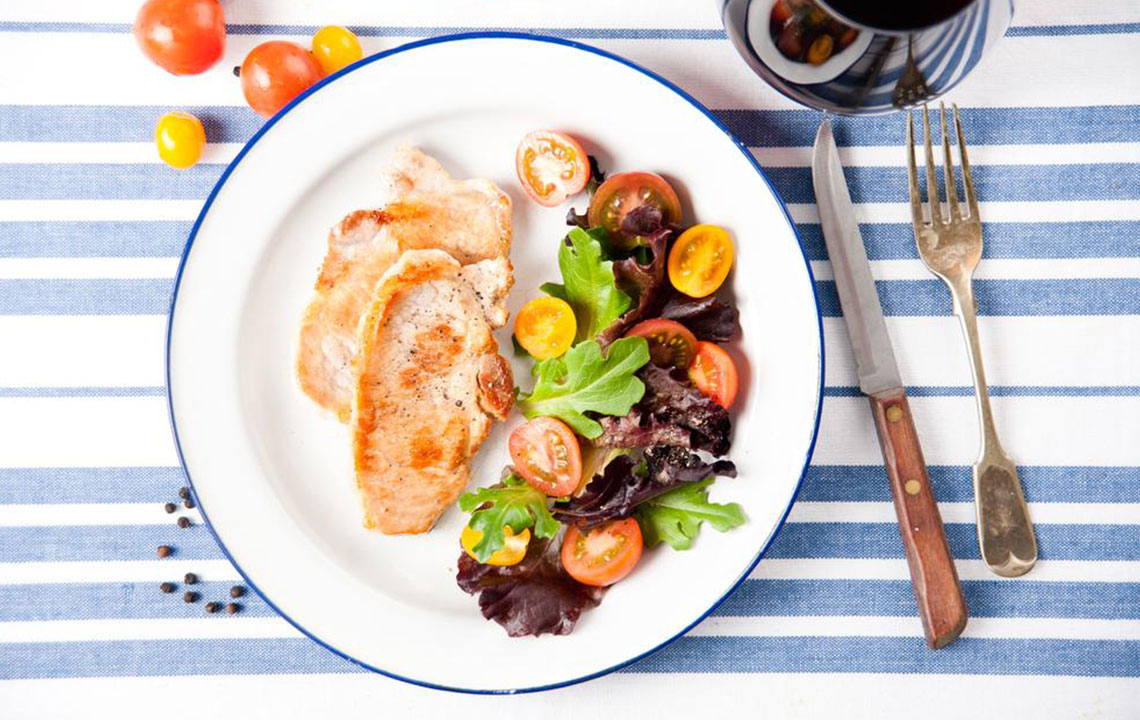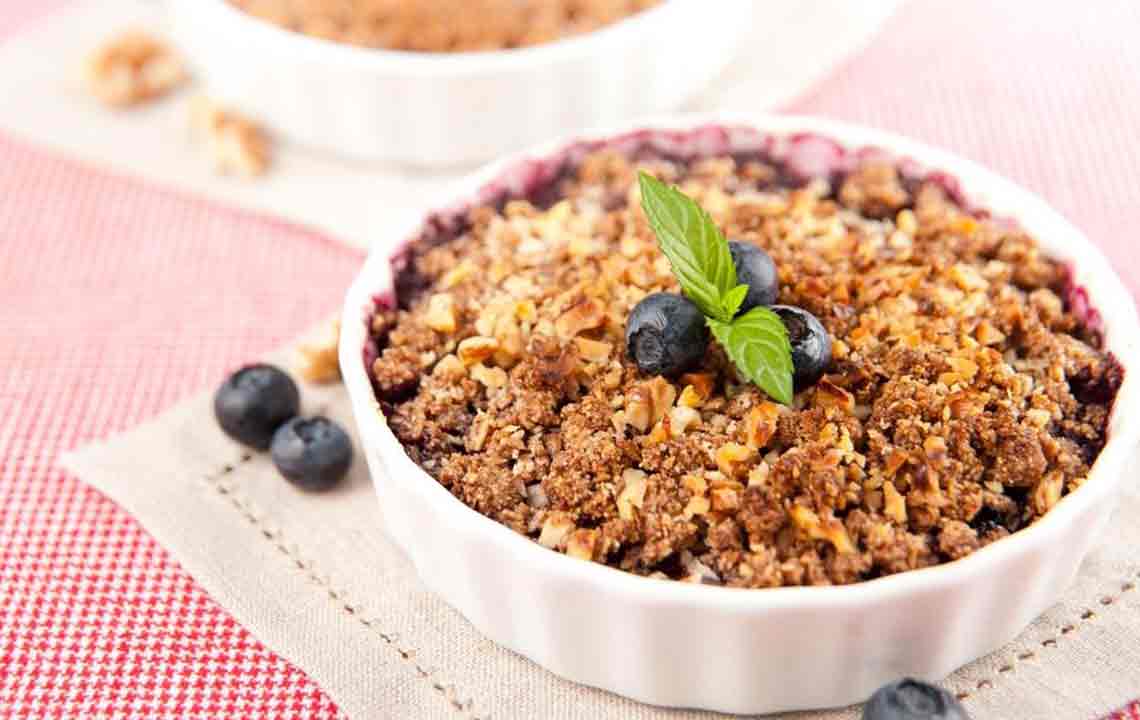Comprehensive Guide to Beginning Your Paleo Diet Journey for Better Health
This comprehensive guide provides essential strategies for starting a paleo diet, including tips on kitchen preparation, goal setting, meal planning, label reading, and making smarter dining choices. Learn how to transition smoothly into this healthy lifestyle and enjoy its numerous benefits, such as improved digestion, weight loss, and increased energy. Perfect for beginners aiming for a sustainable, healthy change.

Comprehensive Guide to Beginning Your Paleo Diet Journey for Better Health
Starting a paleo diet marks a significant shift in your approach to nutrition, guiding your body from relying heavily on carbohydrates towards utilizing stored fats for energy. This dietary plan emphasizes eating fresh, minimally processed foods, which can lead to numerous health benefits such as reduced bloating, clearer skin, fewer allergy symptoms, decreased frequency of migraines, and effective weight management. Embracing a paleo lifestyle involves eliminating foods like grains, dairy products, legumes, processed snacks, and refined sugars, while increasing your intake of meats, vegetables, fruits, eggs, nuts, seeds, and healthy fats. Although this transition can be challenging initially due to your body's familiarity with carbohydrate-rich foods such as bread, pasta, and sodas, the benefits often outweigh the initial discomfort.
Here are detailed tips for those starting a paleo lifestyle:
Start by thoroughly cleaning your kitchen—remove all non-paleo foods to prevent temptation. Opt for a complete overhaul if you prefer a harder reset or gradually transition by eliminating dairy first, then proceed to grains, legumes, and processed sugars over several weeks. This gradual approach allows your body to adapt comfortably.
Set clear, achievable goals: Determine whether your primary aim is to lose weight, improve autoimmune conditions, boost energy, or lead a healthier lifestyle. Having well-defined objectives helps maintain motivation and provides direction during the challenging initial phase.
Maintain strict adherence to paleo principles for the first 30 days to establish a new healthy routine. Afterward, consider adopting an 85/15 rule, which allows occasional treats like a burger or ice cream. This balanced approach helps prevent feelings of deprivation and encourages long-term sustainability.
Develop the skill of reading food labels meticulously. Hidden ingredients, preservatives, and additives can undermine your efforts. Learning to identify and avoid unwanted substances ensures your diet remains clean and aligned with paleo guidelines.
When dining out or preparing meals at home, make smarter substitutions. For example, ask for extra vegetables instead of fries, opt for dried fruits over processed snacks, and cook with healthy oils such as coconut oil or animal fats like lard. These choices support your health goals while satisfying your taste buds.
Embarking on a paleo diet requires dedication and patience, but with the right strategies and mindset, you can successfully transition into a healthier lifestyle that supports your physical and mental well-being.





